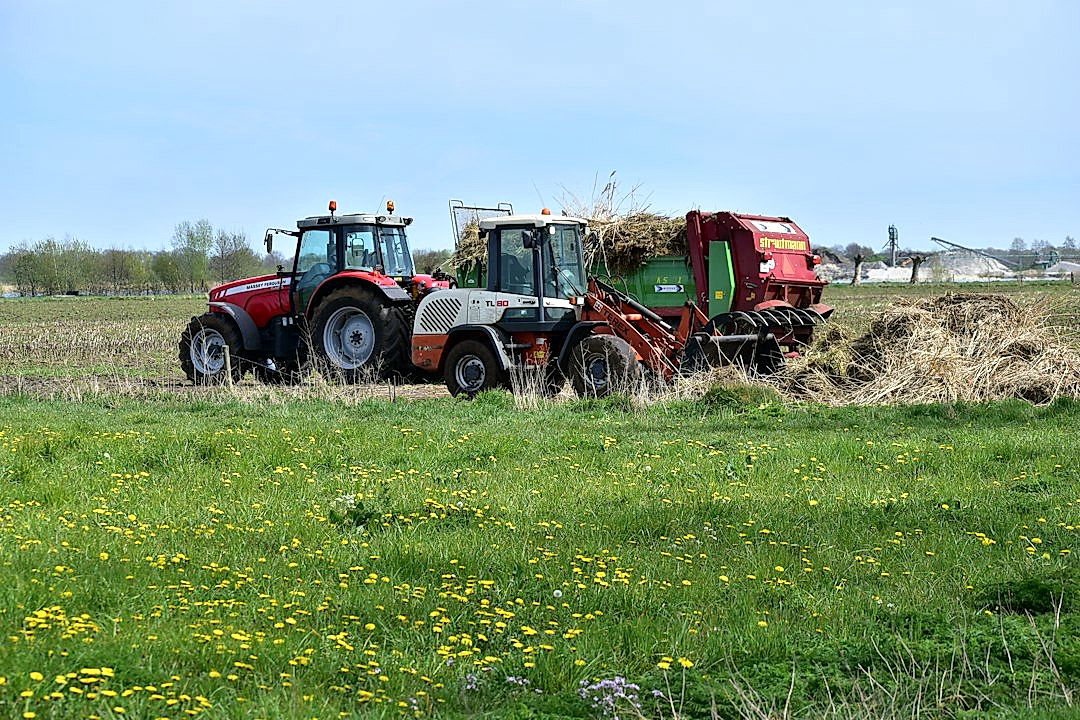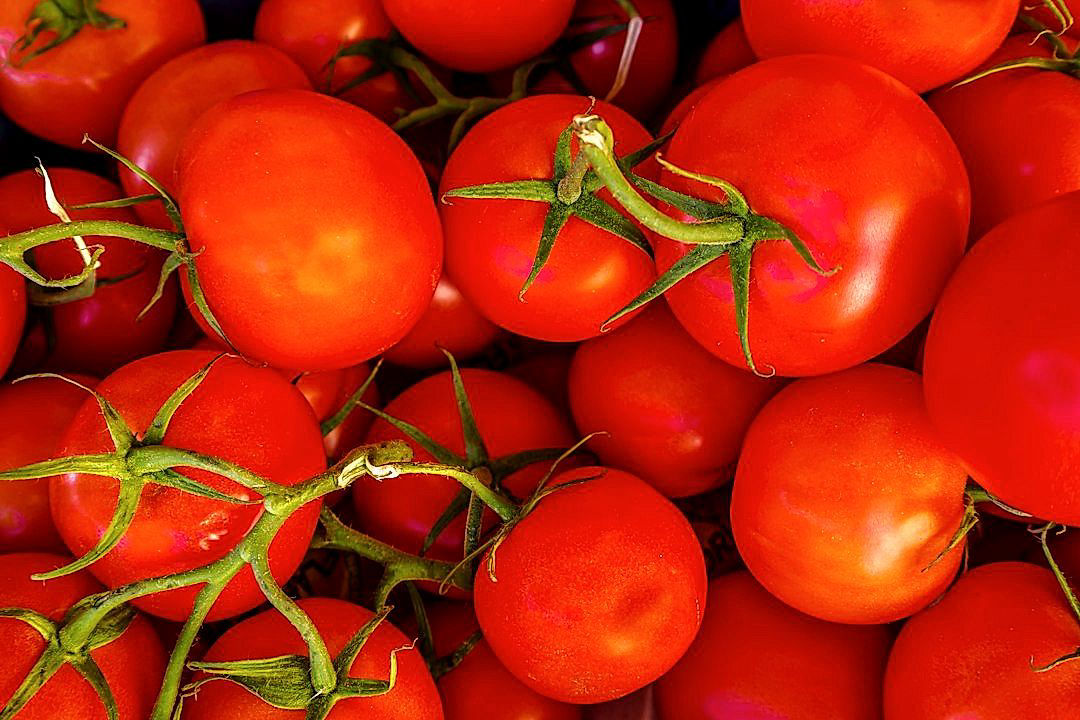In an increasingly global market, produce farmers are constantly seeking ways to ensure their products reach new customers beyond the local sphere.
Undoubtedly, engaging in international trade requires appropriate tools and approaches for success.
This guide will present vital equipment and technology needed by farmers to ply their trade on an international scale.
We aim to demystify the export process through outlining useful resources.
From planning to distribution, every step of the way yield both challenges and opportunities.
With these essential tools, farmers can navigate the complexities of international export and watch their business thrive.
Contents
Exporting Tools Every Produce Farmer Needs
1. Digital Farm Management Software
In the contemporary world of farming, digital farm management software has become an essential tool for farmers who are involved in the global export market.
These software tools play a pivotal role in streamlining various farming operations such as crop planning, pest management, harvest record keeping, supply chain synchronization, and financial management among other tasks.
These systems often offer a comprehensive solution to manage a wide range of farming information and operations, enhancing the overall farm productivity and profitability.
By leveraging digital farm management software, farmers can optimize their production processes, while ensuring quality and regulatory standards that are crucial for exporting produce.
Additionally, these tools can provide real-time data, presenting the farmers with actionable insights on a wide range of farming parameters.
This data can be critical in making informed decisions on crop selection, resource allocation, fertilization schedules, and much more.
A standout feature of digital farm management tools is their ability to integrate with other agricultural technologies, such as agricultural drones, IoT sensors, and satellite imagery systems.
This capacity not only enhances the precision of farming operations, but also allows farmers to have a bird’s-eye view of their entire farmland, all in real-time.
Digital Farm Management Software can also facilitate document generation for meeting the export documentation requirements.
For instance, the software can generate export-ready documentation such as packing lists, bills of lading, export declarations, or even create custom documents as per specific regulatory requirements of the export market.
The software also enables better traceability of produce, a key factor in ensuring that the exported goods meet the expected quality standards.
Many digital farm management systems also offer inventory management features, helping farmers maintain optimal inventory levels to fulfill their export commitments.
Moreover, the software can facilitate the management of contracts and orders with foreign distributors or buyers, thereby simplifying the export dealing process.
It is also important to note that using these tools can boost the farmers’ credibility among their international clients as they demonstrate professional management of farming processes.
In summary, digital farm management software offers a suite of functionalities that cover the gamut of farming operations while ensuring compliance with export standards and regulations.
This is why digital farm management software has become an invaluable tool in the toolkit of farmers who wish to thrive in the global export market.
2. Global Export Compliance Software
Exporting agricultural commodities encompasses more than just shipping goods from one location to another.
At a global level, it involves a labyrinth of rules and regulations that aim to ensure the quality and safety of exported goods.
In order to help producers navigate this complex landscape, there is a sector of software solutions known as Global Export Compliance Software.
Their main function is to assist in ensuring that the exporting procedures follow all applicable international laws and standards.
Global Export Compliance Software is designed to streamline and simplify the export process as much as possible for farmers.
These tools are tailored to automate much of the compliance process, reducing the need for manual data entry and minimizing the risk of human error.
Used effectively, they can save farmers valuable time and resources.
Another critical advantage of these software solutions is that they are regularly updated.
Thus, they reflect the ongoing changes to export regulations around the world and keeping farmers informed and up-to-date.
With these tools, farmers have an easier time interacting with the complexity of global export compliance laws.
They can focus on what they do best: producing high-quality agricultural goods for consumption all over the world.
It’s important for farmers to integrate Global Export Compliance Software into their operations, equipping them to be more self-reliant in the export process.
This use of technology not only improves efficiency but also promotes sustainability in the agricultural sector.
It gives produce farmers the necessary tools to navigate the ever-changing global export market
Ultimately, Global Export Compliance Software elevates the exporting capabilities of farmers, fostering growth in their businesses, and bolstering their international presence.
The significance of this software cannot be understated, especially in today’s connected global economy where adherence to export regulations is critical.
It’s one of the exporting tools that every produce farmer must consider leveraging to enhance their operational efficiency and achieve export compliance.
3. Agriculture Export Documentation Tools
In the realm of agriculture, export documentation tools have emerged as essential for global trading.
These comprehensive software solutions are designed to simplify the complex process of exporting agricultural produce overseas.
Understanding the importance of export documentation tools is crucial for the economic success of every produce farmer.
Effective use of such tools can streamline the paperwork involved in the export process, enabling smoother business operations.
Developers have released a variety of innovative export documentation tools tailored specifically for the agricultural sector.
These tools come equipped with features that facilitate the calculation of export costs, preparation of export documentation, and access to information about global export regulations.
By handling these tasks, export documentation tools offer farmers an opportunity to focus on their core function of farming.
Assisting with logistics, these tools cater to a variety of shipping options and help ensure the produce is packaged and delivered in the best possible condition.
These systems also track shipments,, providing real-time updates about the transit status of exported goods.
Most of these tools operate via cloud-based platforms making them accessible anytime from anywhere.
This high accessibility leads to improved efficiency and faster decision-making processes in agricultural export.
These tools are user-friendly and come with a simple interface that makes it easy for farmers to manage their export processes, whether they are seasoned exporters or newcomers to the global trade arena.
An added advantage is that these tools facilitate compliance with international agricultural standards by providing updates about any changes in global export laws, thus reducing the risk of non-compliance penalties.
Export documentation tools can be viewed as a “one-stop-shop” for all export-related processes, which saves farmers significant time and resources.
By integrating technology into the agriculture sector in this way, the process of exporting produce can become more manageable and efficient, contributing to the sustainability and profitability of farming businesses worldwide.
4. Geolocation Crop Tracking Systems
For farmers engaged in produce exportation, one critical tool that has been revolutionizing the agricultural sector is the Geolocation Crop Tracking Systems.
These systems don’t just track the location of the crops, but they also provide a comprehensive representation of the field’s condition, hence enhancing decision making for farmers.
At its core, Geolocation Crop Tracking Systems incorporate GPS technology in monitoring several variables like soil humidity, temperature, and plant health.
These variables are crucial in identifying potential issues early enough to implement remedial actions essential in maintaining the quality of produce for export.
The data from these systems allows farmers to make informed decisions about when to plant, harvest, irrigate, or apply pesticides and fertilizers, which optimizes yield and quality of the produce for export.
Another significant aspect of Geo-location crop tracking systems is its ability to improve traceability and transparency in the agriculture sector.
Consumers, especially those from overseas markets, are increasingly demanding information about the origin of their food. Thus, these systems play a vital role in establishing a farm-to-fork traceability system.
By integrating Geolocation Crop Tracking Systems, farmers can easily share traceability data with their customers, yielding greater trust and loyalty, and possibly attracting more opportunities for exportation.
Interestingly, the utilization of Geolocation Crop Tracking Systems contributes substantially to sustainable farming and adherence to international agricultural standards.
Considering the growing concern for sustainable food production, having a system that promotes environmental sustainability while ensuring high-quality produce for export is ultimately a win-win situation for both farmers and export destinations.
Importantly, these systems can offer opportunities for integration with other agricultural technologies such as Global Export Compliance Software and Agriculture Export Documentation Tools.
Such integration not only simplifies the complexity of managing an agricultural export business but also maximizes the productivity, profitability and global acceptability of agri-produce.
Undoubtedly, Geolocation Crop Tracking Systems have the potential to transform the way farmers export, contributing to the overall efficiency and profitability of the agricultural export sector.
Therefore, every produce farm seeking to improve its export capabilities and competitiveness should consider implementing Geolocation Crop Tracking Systems.
Overall, while the initial investment in these tracking systems can seem significant, the returns in terms of higher crop yields, quality, transparency, sustainability and adherence to global standards make it a worthwhile investment for farmers aiming for successful produce exportation.
5. Portable Produce Quality Testing Devices
One of the most essential tools within the agro-export industry is the Portable Produce Quality Testing Device.
These devices are designed to ensure that the produce being exported meets the highest of quality standards.
Moreover, they aid in making sure that exported produce complies with the specific quality requirements of the importing country.
They are user-friendly and compact, making them ideal for on-the-go farmers, exporters, and produce inspectors alike.
The convenience of transportability allows the produce to be tested on the farm, during transit, or at the processing facility.
This flexibility aids in the assurance of the freshness and quality of the produce making it to the market.
Precise and accurate readings from these devices ascertain absolute data transparency and reliability.
This enables you to meet and maintain the stringent quality measures demanded by international markets.
Portable produce quality testing devices aim at safeguarding the quality of exports while ensuring compliance with international market standards.
Various parameters can be tested including size, weight, color, sugar content, acidity, and firmness.
Some devices also come equipped with technology to test for pesticide residues, GMOs, and microbial contaminants.
In addition to this, they also provide data analysis and reporting functionalities to keep track of the produce quality over time.
This helps in predicting trends, assessing long-term farm productivity, and in locating potential areas of concern.
The data management aspect aids in meeting traceability requirements and in managing certification processes.
These devices are a must-have for any farmer or exporter aiming to expand their operations into international markets.
By weakening the potential of inadequate produce quality affecting the reputation of your business, equipping yourself with a portable produce quality testing device becomes an investment rather than an expense.
The Bottom Line
In the rapidly evolving agricultural sector, the integration of technology plays a crucial role.
Digital Farm Management Software has become invaluable for farmers, streamlining operations and improving productivity.
Global Export Compliance Software ensures easy and compliant international trade, aiding in the expansion of farm businesses and opening new markets.
Utilizing Agriculture Export Documentation Tools allows for a more efficient handling of export logistics, reducing errors and issues.
The introduction of Geolocation Crop Tracking Systems and Portable Produce Quality Testing Devices has provided farmers with real-time data and quick, accurate results right in the field.
Ultimately, these digital advancements are not just improving the way farms operate, but revolutionizing the face of global agriculture.




